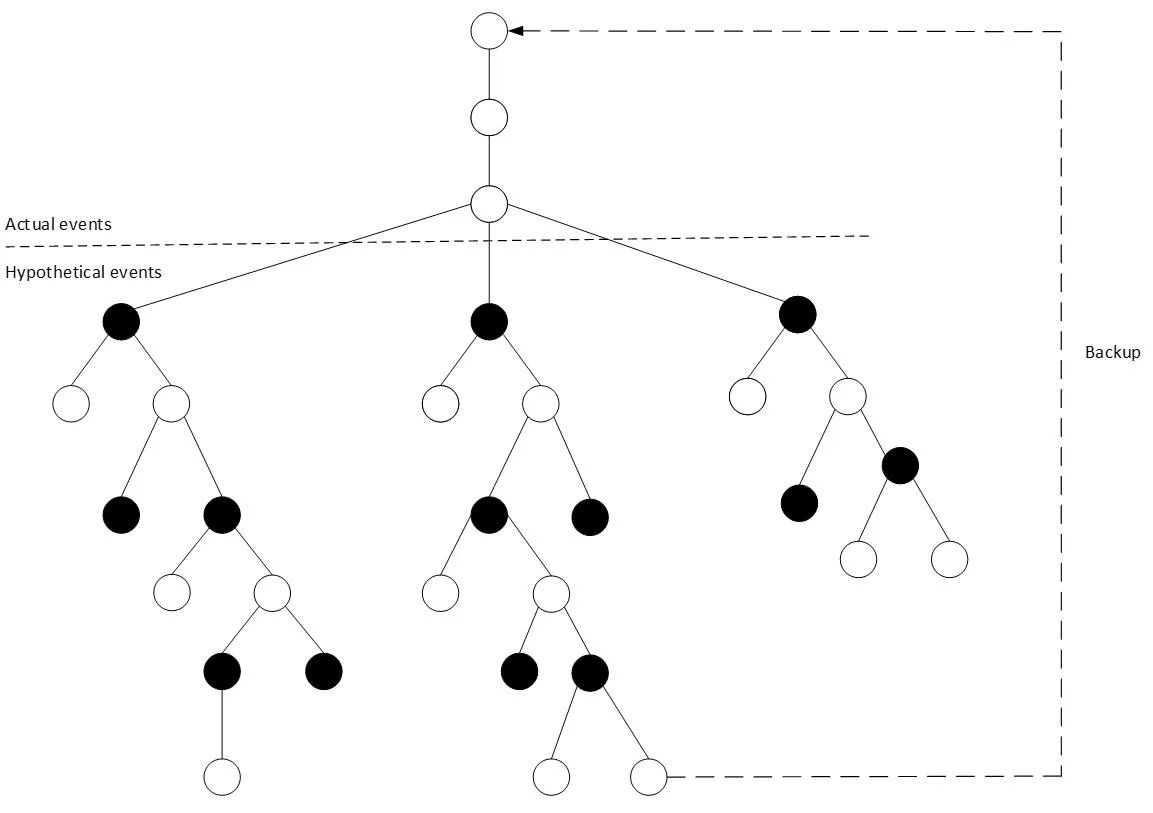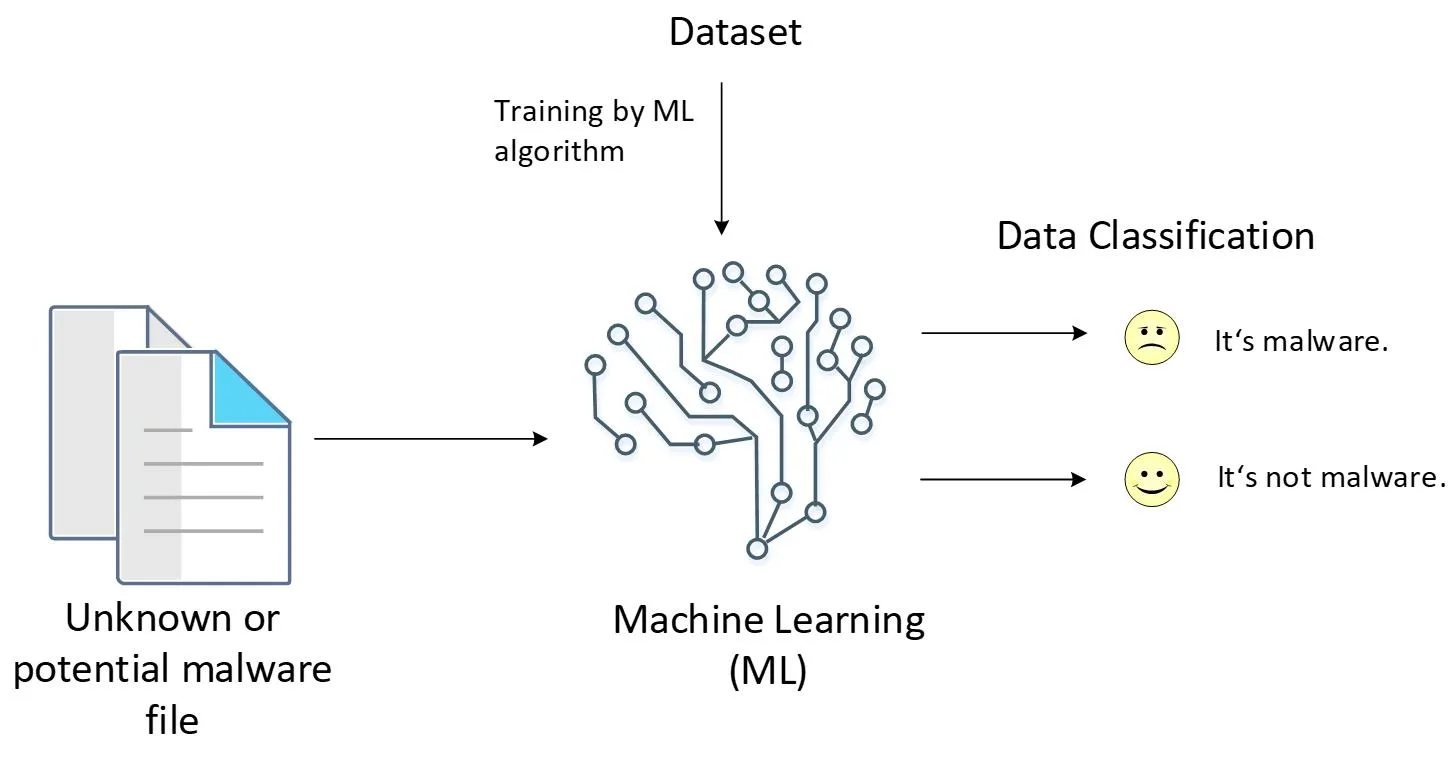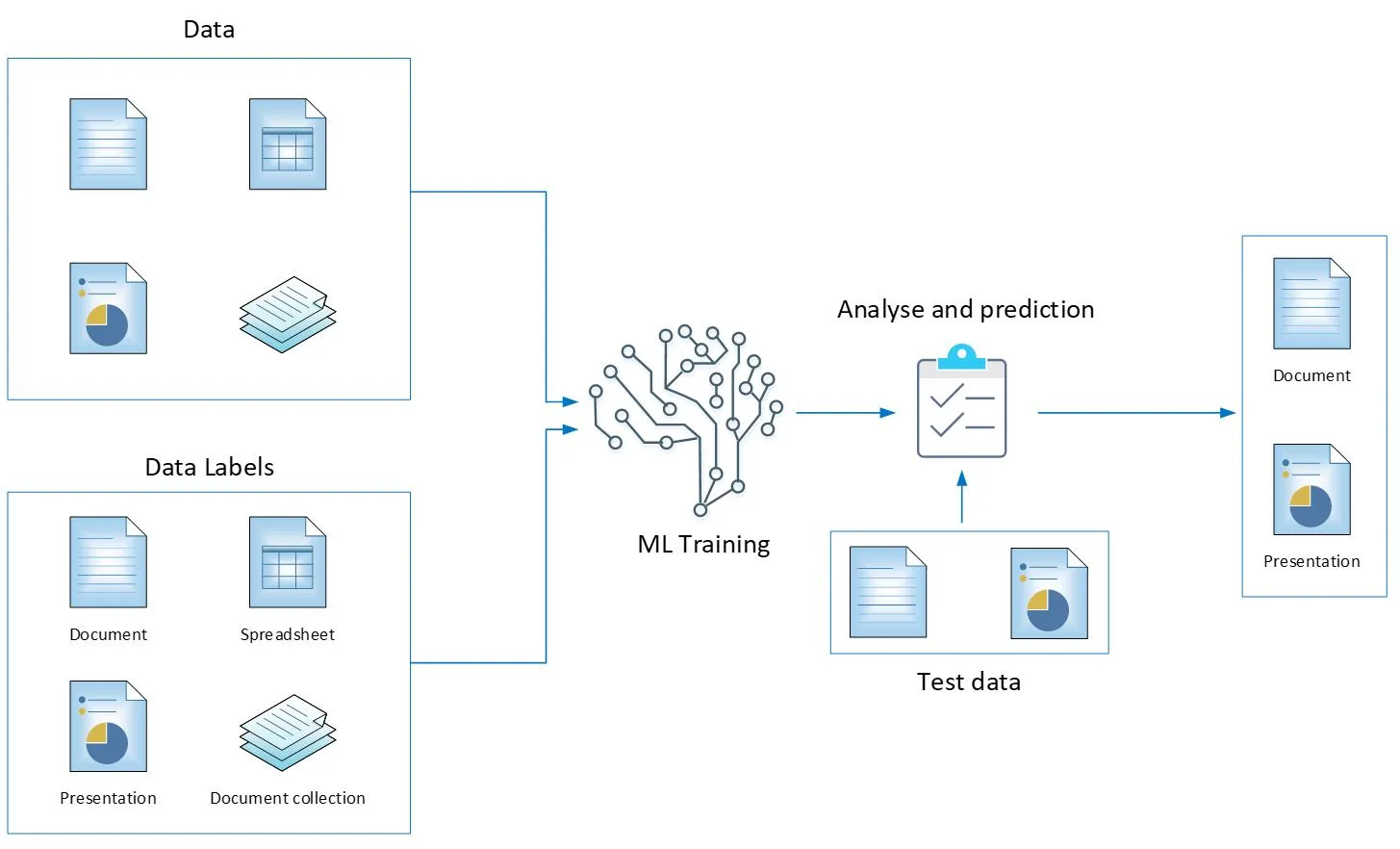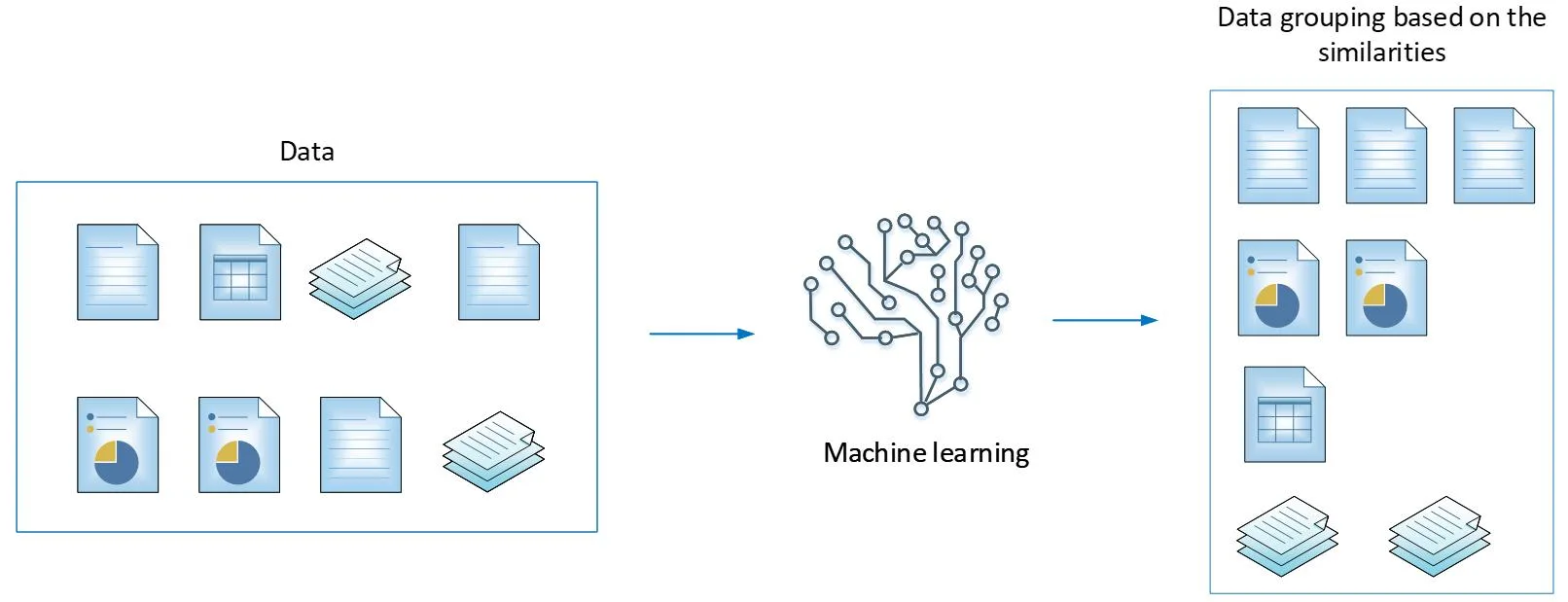

The Importance of Machine Learning in Cyber Security
The COVID-19 pandemic changed the way we work. As remote working is becoming the new normal, there has been an increase in the number of cyber attacks and load on IT teams. In this article, we will be discussing the importance of machine learning in cyber security and how it helps to detect threats and predict suspicious behavior in different security events.
According to the Swiss National Cyber Security Center, during the pandemic, the number of cyber attacks increased by 300%. Furthermore, IT governance discovered 5 billion breached records in 2021. Today, at least 10 million records were compromised.
At the moment, there are millions of cyber attacks happening worldwide.
Cybersecurity is an infinite game between threat actors and security professionals. As we improve our detection against different cyber threats, a new attack vector emerges. With so many different types of cyber attacks, maintaining high-security analysis and precision is challenging for most businesses.
Learn more about IT Security, what impact it has on your business, and how to protect your business against malicious events – What is IT Security? – Definition and measures!
The amount of data that is being generated is large and complex. According to the Data Never Sleeps 4.0 report from 2016, over 18 TBs of data is being generated every minute. Today, that number is even higher.
These data are generated by different IP-based devices and software. We refer to them as Big data. We, as human beings, cannot analyze this amount of data by ourselves. We are unable to easily predict potential security threats. Building models by hand is labor-intensive. That wouldn’t work.
So, we need some help. That’s where machine learning (ML) comes into place.
Before we start discussing the importance of machine learning algorithms, let’s start with the basics.
The Basics of Machine Learning Capabilities
For those of you who are new to the topic, machine learning is not a new trend. The concept dates back to the 1940s, but it took time to develop. In the early 1950s, Arthur Samuel, an American scientist, developed the first program that used machine learning, which was a game for playing checkers.
The game used machine learning to learn how to play better than the author of the program. That created a WOW effect.

In 1968, Arthur C. Clarke, a British scientist, predicted our life today. He stated that we will eventually work with machines and software that could match human capabilities through artificial intelligence (AI).
He was right.
Today, machine learning (ML) is used in different industries to gain business intelligence. You can see it in self-driving cars, speech and image recognition, ads recommendation, virtual assistants, video surveillance, and many more.
For example, Netflix uses artificial intelligence and machine learning to provide their users with an appropriate movie or series suggestions. We have all experienced this, haven’t we? Google uses it for Google translation, traffic alerts using Google Maps, etc. Facebook uses it for facial recognition systems and identifying humans.
AWS provides a solution called Amazon SageMaker to build, train and deploy ML models for any business case.
The list is huge.
What is Machine Learning?
Machine learning (ML) is a type of artificial intelligence (AI). Furthermore, deep learning is a subset of machine learning and uses algorithms to analyze complex data. It draws conclusions based on the data similar to how a human would do it.
It can’t work alone. It requires data. It can only analyze and predict behavior based on the data it analyzes. Applying that mechanism to cybersecurity systems would mean analyzing data from security incidents, learning from it, and then applying the solution to a new attack to prevent it.

When it comes to using machine learning in cybersecurity, there is no specific security algorithm to do so. Machine learning is just a toolset that can be applied to almost any industry. The only different thing is the data that is being analyzed.
The raw data needs to be converted to a vector space model and then used by machine learning to analyze it and prevent security incidents.
Many security prevention solutions use machine learning. The goal is to fight against advanced threats that are occurring every minute. You can read more on how we can help you stay protected Malware protection with Hornetsecurity Advanced Threat Protection.
For example, Google uses machine learning to analyze and prevent security threats against Android endpoints.
Microsoft Defender Advanced Threat Protection (ATP) uses machine learning to analyze trillions of data every day and finds 5 billion new threats every month. You can read more here: Microsoft Defender uses ML.NET to stop malware.
Some enterprise companies use AI and machine learning to protect their infrastructure from potential incidents that could happen from BYOD (Bring Your Own Device) and CYOD (Choose Your Own Device).
Types of Machine Learning
Machine learning uses three types of learning; supervised, unsupervised and semi-supervised learning.
Supervised learning uses data samples and labeling to predict potential malware behavior. For example, machine learning would analyze network traffic and mark it as malicious based on the learning from the existing datasets.
That way, ML can learn how traffic went from normal to malicious. In other words, it would build a pattern to predict malicious network traffic.

With unsupervised learning, no labeling is being used. ML uses only data samples and tries to learn to form a behavior. For example, machine learning would analyze network traffic over some time, and it would learn which traffic is normal and which traffic is malicious.

There is also semi-supervised learning where only some of the data are labeled. We can say, semi-supervised learning is supervised and unsupervised learning.
Machine Learning Use Cases in Cybersecurity
There are many use cases where machine learning helps in preventing cybersecurity incidents. As time goes on, the number of use cases is growing.
One of the use cases is detecting and preventing DDoS attacks. ML algorithm can be trained to analyze a large amount of traffic between different endpoints and predict different DDoS attacks (applications, protocols, and volumetric attacks) and botnets.
In 2021, there were more than 9 million DDoS attacks worldwide. DDoS has one goal, and that is to put the system to slow-response or no-response (read it downtime). ML can detect and stop it.
The second use case is to fight against malware. This includes trojans, spyware, ransomware, backdoors, adware, and others. ML algorithm can be trained to help antiviruses in fighting unknown cyber threats. According to Statista research, in 2021, 5.4 billion malware attacks were detected.
Phishing attacks are one of the most common attacks used to steal confidential data and get into corporate or government institutions. It is shared via scam emails. For example, Google (Gmail) uses machine learning to analyze data in real-time and identify and prevent malicious behavior of more than 100 million phishing emails.
We published an article to help you understand and prevent phishing in detail. You can read it here: Phishing – The danger of malicious phishing emails.
The third use case is about protecting against application attacks. Applications are used by end users and are prone to different layer 7 attacks. According to Cloudflare, they handle 32 million HTTP requests per second. Web Application Firewall (WAF), in combination with machine learning, can be trained to detect anomalies in HTTP/S, SQL, and XSS attacks.
Microsoft, AWS, Google Cloud, FortiGate, and many other vendors offer WAF as part of their portfolio.
The fundamental security principles teach us to implement multi-factor authentication. This includes something we know (e.g. password), something we have (e.g. USB token), and something we are (e.g. fingerprint, facial detection). AI and ML combined with deep learning play a vital role in biometric applications.
ML helps to perform matching tasks to quickly find the relevant data.
Security Operation Centers (SOC) take care of monitoring, detecting, and responding to different cyber security threats. One of the challenges the SOC Team had was dealing with a large amount of data. Thanks to machine learning, SOC Teams can more efficiently automate and analyze incidents and be more proactive.
The list of use cases is bigger. And it wouldn’t work without having machine learning as part of cybersecurity.
Wrap up
Cybersecurity is an infinitive game. As you read this article, millions of different security threats are occurring worldwide. At the same time, new critical threats are being developed without adequate protection.
Millions of data are being generated every minute. We, as human beings, can’t do all the analysis, maintenance, and prevention. We need help.
Thanks to machine learning and its toolset we can automate things. Machine learning can help us perform deep analysis, predict behavior and uncover threats. It does this by analyzing the dataset that is being generated by different devices and software.
ML is learning from data. It can help us analyze and predict malicious activities such as malware, phishing, application attacks, authentication attacks, and much more. Many companies develop their system with machine learning in place.
Our mission is to keep your system and data safe. We at Hornetsecurity want to ensure that your data is untouched and complies with security principles (confidentiality, integrity, availability).
Throughout 2022, we analyzed over 25,000,000,000 emails and found that 40.5% of emails were unwanted. We created a report that gives you an in-depth analysis of the Microsoft 365 threat landscape. You can download it here Cyber Security Report.

And the last thing for today. If you’d like to take a deeper dive into the Microsoft 365 threat landscape and learn the key strategies to building cyber security resilience, watch our free on-demand webinar.
